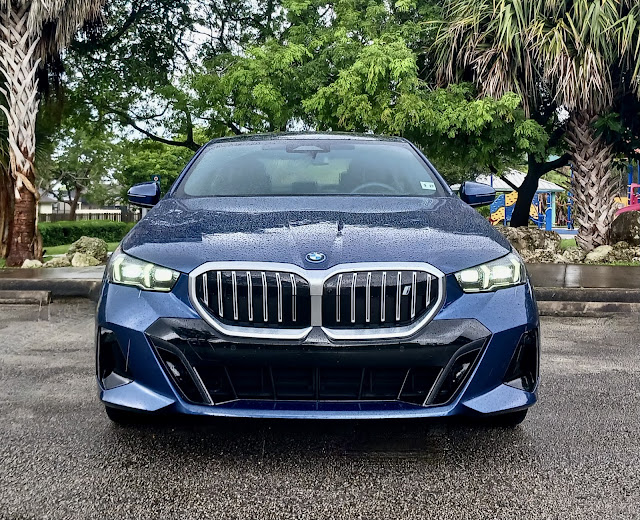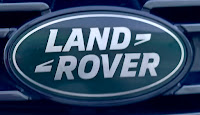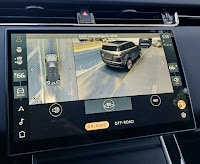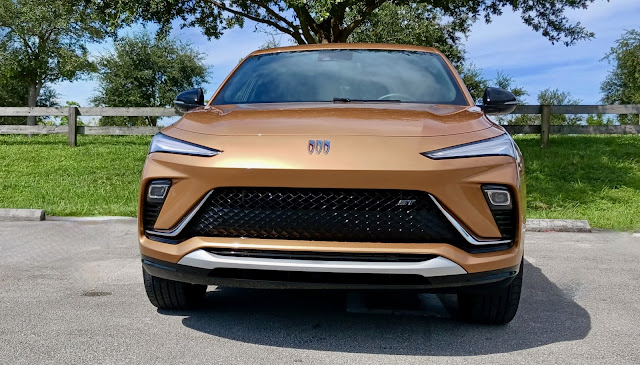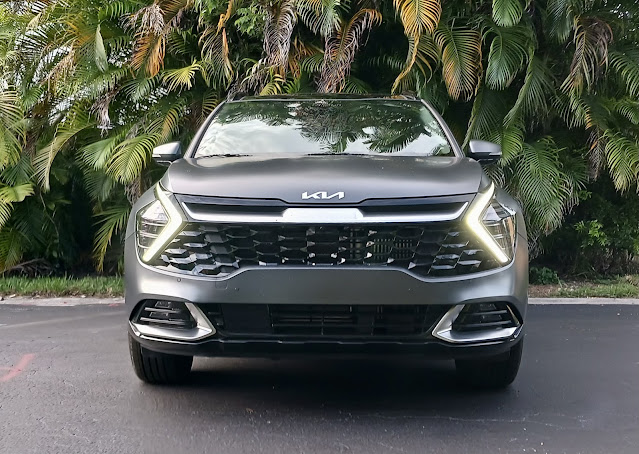BMW ADDS ELECTRIC DRIVETRAIN AS 5-SERIES MOVES INTO ITS EIGHTH GENERATION
With this year’s redesigned moving BMW’s 5-Series into its eighth generation, the German automaker also has taken the opportunity to include an all-electric version of its long-standing sedan.
The 2024 i5 is very much a copy of the gas-powered 4- and 6-cylinder 5-Series models with the most significant difference, of course, being the drivetrain and a slightly smaller truck that accommodates the battery for the electric motor. The front fascia even features the a non-functioning version of the iconic BMW kidney-shaped grille.
It is offered in two trim levels. The 2024 BMW i5 eDrive40, which this review is based on, offers less power than the M60 xDrive but provides greater range.
The eDrive40 is rated at 335 horsepower and 295 pound-feet of torque to the M60’s 593/586, respectively. The extra power cuts the zero-to-60 mph time down from 5.7 seconds for the eDrive40 to 3.7 for the M60, according to company clockers.
The difference in driving range makes up for that, however. The 2024 BMW i5 eDrive40 offers up to 295 miles between charges to 256 for the 2024 BMW i5 M60 xDrive.
Trust me. You’re not going to be disappointed in the way the 2024 BMW i5 eDrive40 gets you moving away from an intersection and through traffic. An option M Sport Package also adds a steering wheel-mounted paddle that when activated provides a brief boost in power for maximum acceleration.
Considering that the 2024 BMW i5 xDrive40 carries a starting MSRP of $67,795 (including destination and deliver fee) and the M60 xDrive starts at $85,095, you might think about much you really want to pay nearly $18,000 more and give up the extra range in exchange for an extra 2 seconds in zero-to-60 time.
As is usual (Expected? Demanded?) for a luxury class vehicle, the 2024 BMW i5 xDrive40 comes with a long list of niceties covered by the starting MSRP.
These include such features as Android Auto and Apple CarPlay, wireless device charging, a Harman Kardon Premium sound system, an 11.4-inch display with navigation (operated by touch, voice, or iDrive control on the center console), power glass moonroof, rain-sending windshield wipers, keyless entry with push-button start, power front Sport seats, adaptive cruise control, and a power trunk opener.
Safety systems include frontal collision warning, blind sport, and lane departure warning, parking assistant, acoustic pedestrian protection (with an EV you can sneak up on people), and BMW’s Active Driving Assistant suite of features.
My test 2024 BMW i5 eDrive40 came with several optional packages and stand-alone features. The big ones were $3,000 for the M Sport Package (21-inch wheels, M sport suspension, M steering, and special cosmetic touches to the interior), $2,850 for a Premium Package (heated steerging wheel, interior camera, Parking Assistant Plus), and $1,350 for the Luxury Seating Package (heated seats front and rear).
Stand-along options included the blue metallic exterior paint and a Bowers and Wilkins Surround Sound system that ran the final ltotal to $78,995.
What I liked about the 2024 BMW i5 eDrive40: The cabin is luxurious, roomy, and comfortable. Torque is instant and plentiful. Basic infotainment features like the radio and A/C are easy to get to. Cargo space (17.5 cubic feet) is good and close to that for the gas-powered 5-Series (18.4). An auto/hold system that prevents creeping at intersections is activated by pushing a button on the console.
What I didn’t like about the 2024 BMW 4 i5 eDrdive40: Ther is no AM radio band. German engineers, despite their reputation for brilliance, still haven’t figured out a way to keep the electric powertrain from interfering with the AM band, which often is a source for news alerts and sports broadcasts, so they just eliminate it. Some tech features are fussy to get to. Maximum driving range (270 to 295 miles depending on tire size) is less than other models in its class, including the BMW i4 (318 miles).
Would I buy the 2024 BMW i5 eDrive40? Probably not. You need to splurge to install a higher level power outlet at home. The wait times at public charging outlets can be agonizingly frustrating. Infrastructure to support this automotive electric revolution is severely lacking.







